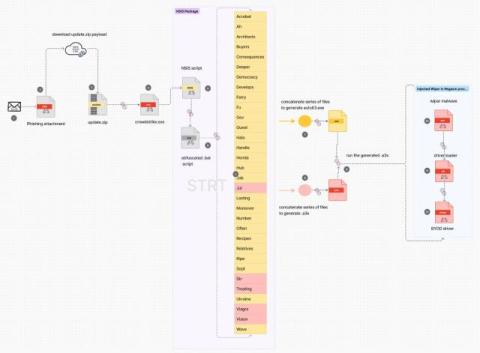Advancing C2 Beacon Detection for Malleable Frameworks
One of the most evasive and hardest threats to detect are in memory frameworks using malleable command and control (C2) beacons to hide in benign traffic. They enable attackers to get in and remain invisible with hidden reconnaissance, discovery, C2, and data exploitation.










